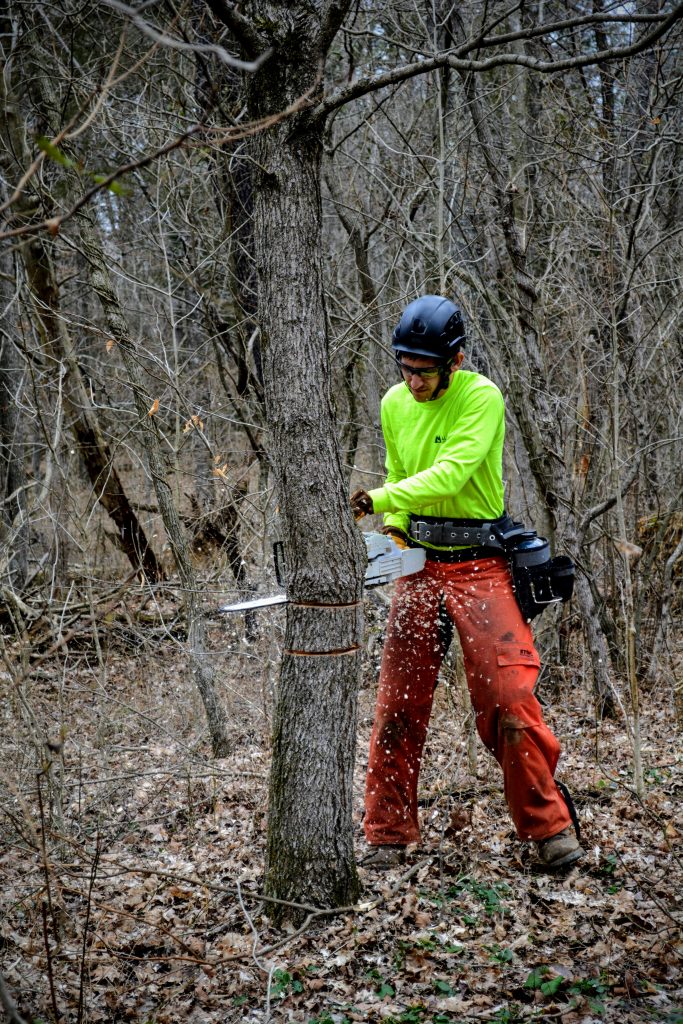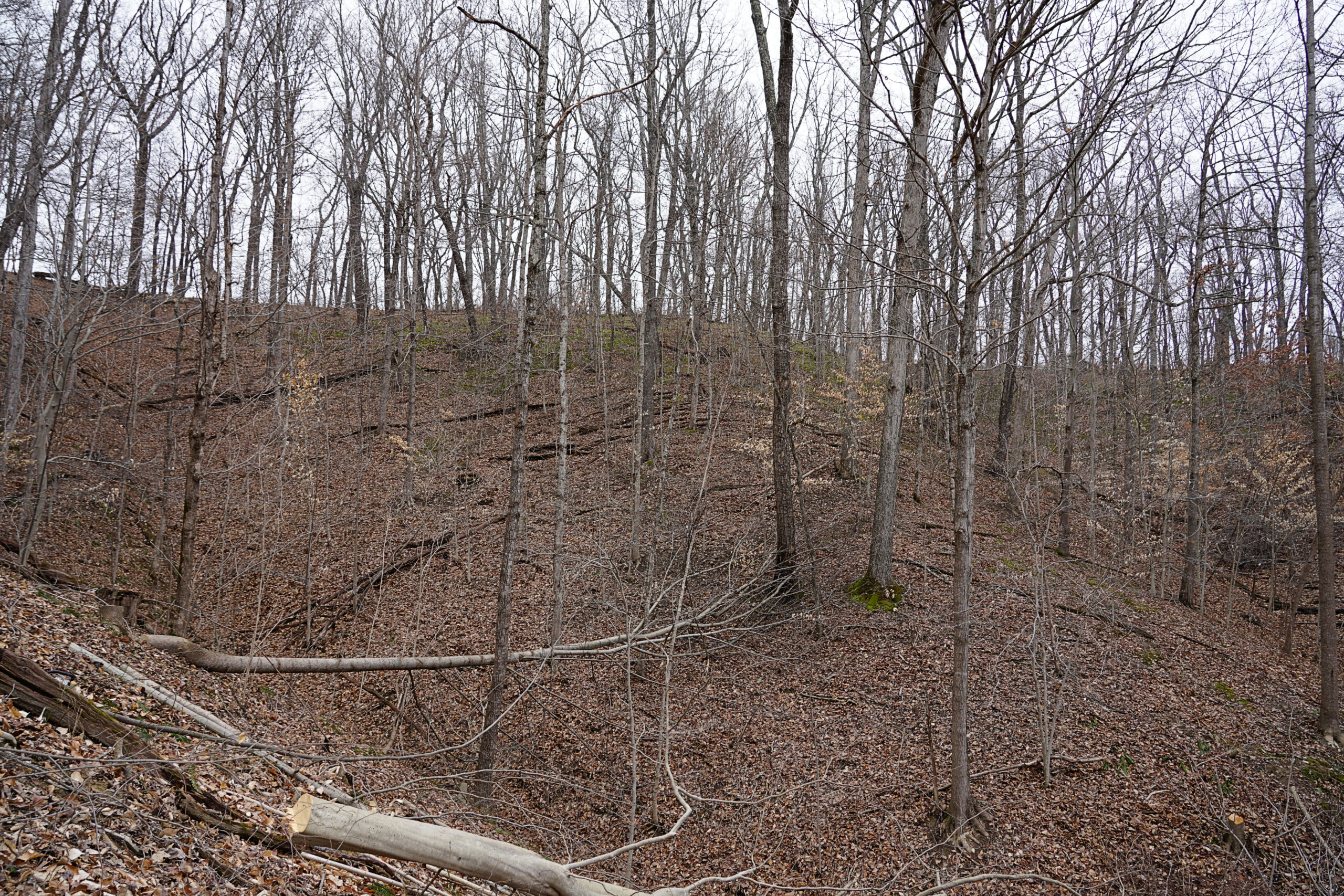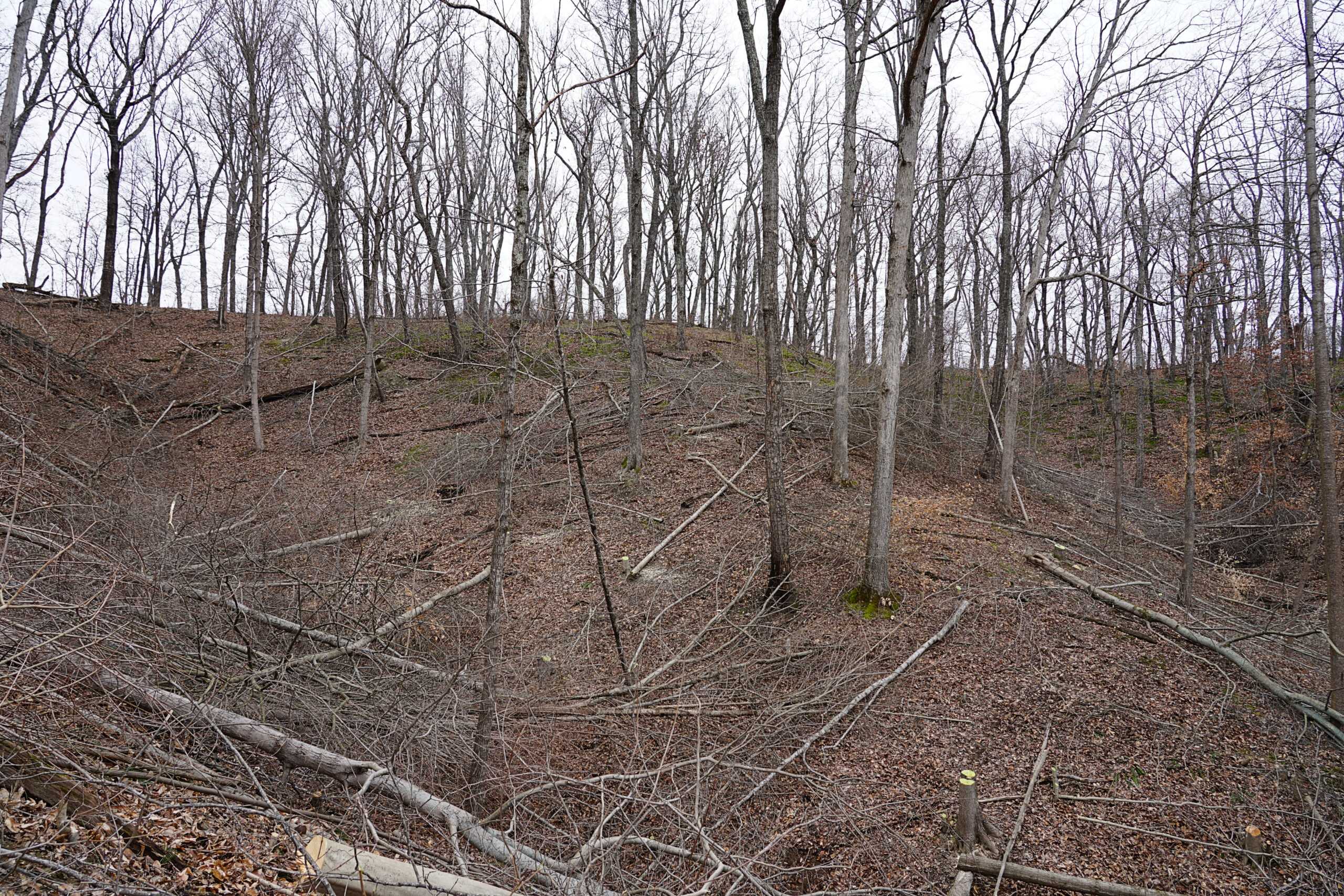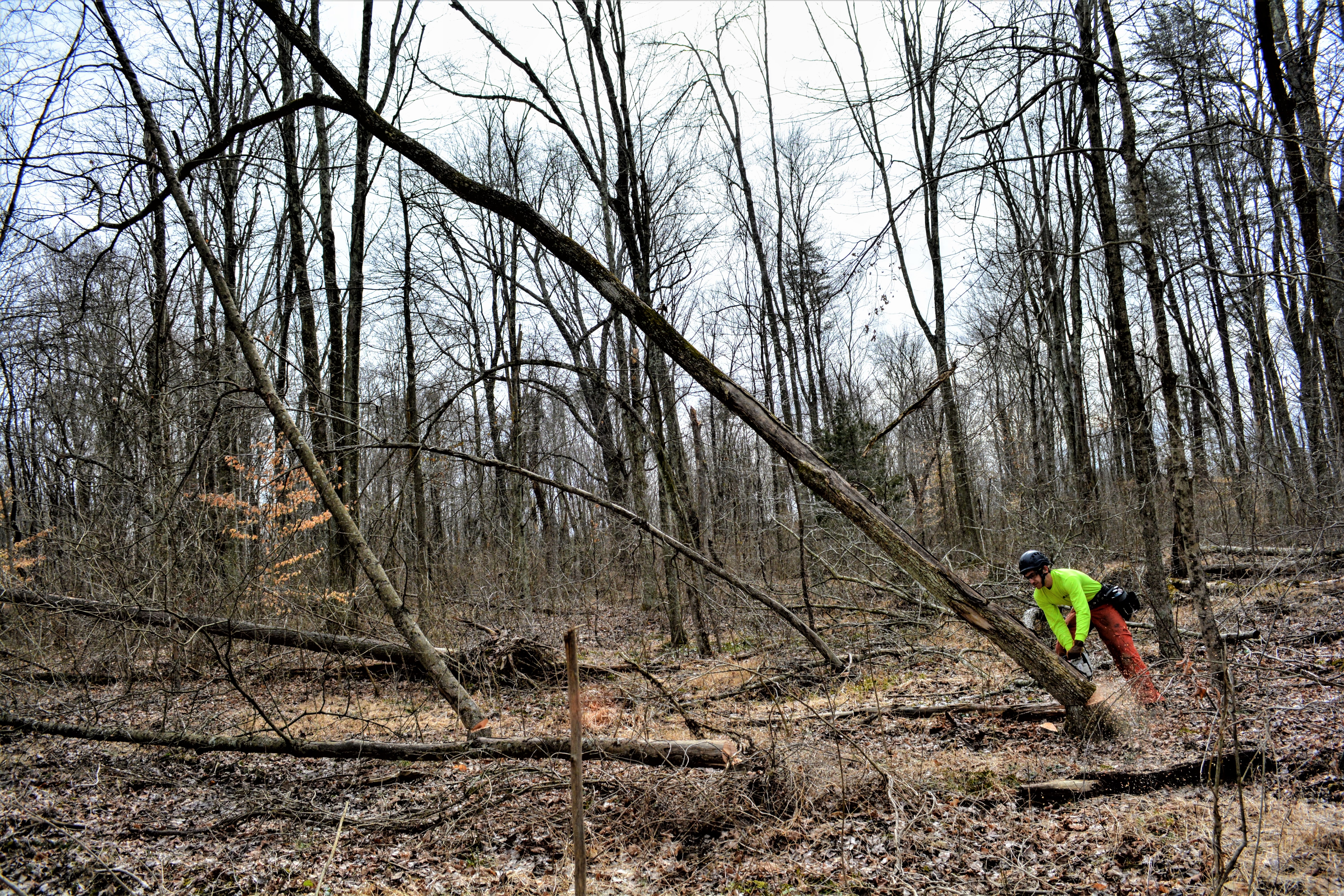Timber Stand Improvement (TSI):
Forest Thinning & Regeneration Openings
Timber Stand Improvement (TSI) by definition is any practice or prescription which alters a forest or stand of timber with the intention of “improving” it. Given such, all forest management practices, such as the treatment of invasive plants, timber harvests, tree planting, etc. is considered “timber stand improvement (TSI)” or “forest stand improvement (FSI)”. However, sometimes when a forester or ecologist is talking about TSI, they may be referring to forest “thinning” and/or practices which directly alters the standing timber, and the terms may be used interchangeably.
The basic objectives of TSI, and forest thinning, is to regulate growing space, manipulate the species composition, and/or alter the age class of a timber stand to improve growth productivity, promote regeneration, recover potential tree mortality, and/or enhance its overall health and quality. The creation of regeneration openings is another TSI practice, however, is not considered forest thinning. Therefore, one may consider both the practices of forest thinning and the creation of regeneration openings as sub-practices of timber stand improvement.
Forest Thinning
Forest thinning is a practice performed in timber stands with higher than optimum stocking levels or densities for their average tree size. Individual trees are selected for removal to favor the growth, health, and development of the remaining trees, by reducing the effects of competition and allowing the standing trees to grow more efficiently. Overstocked stands are characterized by high mortality rates, lack of understory (and sometimes midstory) development, slow timber growth, poor-formed timber, and/or reductions in the living crowns of trees. By freeing up space in the canopy and understory, it allows the desired standing trees more access to sunlight, water, and nutrients, thereby directly and immediately impacting the stand’s overall well-being.
There are several types of practices/techniques which fall under the category of “forest thinning”, including timber harvests, crop tree release, mid-story removal, cull tree removal and general post-harvest TSI (more information on the different types of thinning practices to come). The recommended prescription/practice of forest thinning varies by the stand’s current stocking levels, species composition, age class(es), and the landowner’s overall management objective(s). This is where consulting the professional opinion of a forester and utilizing timber stand inventory data becomes especially valuable to landowners as foresters, with the assistance of an inventory data analysis, can consult landowners on the best practices to reach their desired management objectives.
Regeneration Openings
The practice of creating regeneration openings involves intentionally opening the tree canopy to promote native regeneration of the understory by allowing sunlight to reach the ground. Such openings can be created mechanically by removing trees in an area with chainsaws and/or large machinery such as forestry mulchers, but they can also be created as a by-product of a harvest where the regeneration opening is then “finished” post-harvest by removing the remaining unwanted trees. There are multiple types of regeneration openings, as it pertains to the residual remaining tree canopy density (percent cover) such as shelterwood (20-40%), seed tree (10-20%) and clearcut (0%) openings. These types of regeneration openings are also types of harvests within the even-aged category, as regenerations openings are formed as a by-product of the harvesting operations. The only harvest type by which does not (typically) result in a regeneration opening, is a selective harvest, where only individual trees are selected for harvest by their size, age, and/or species (more information on the different types of harvests to come).
We recommend controlling invasive plants to a cover of 10% or less prior to conducting any TSI or harvesting operations. Such disturbances will exacerbate the spread of the invasive plants.

More information:



